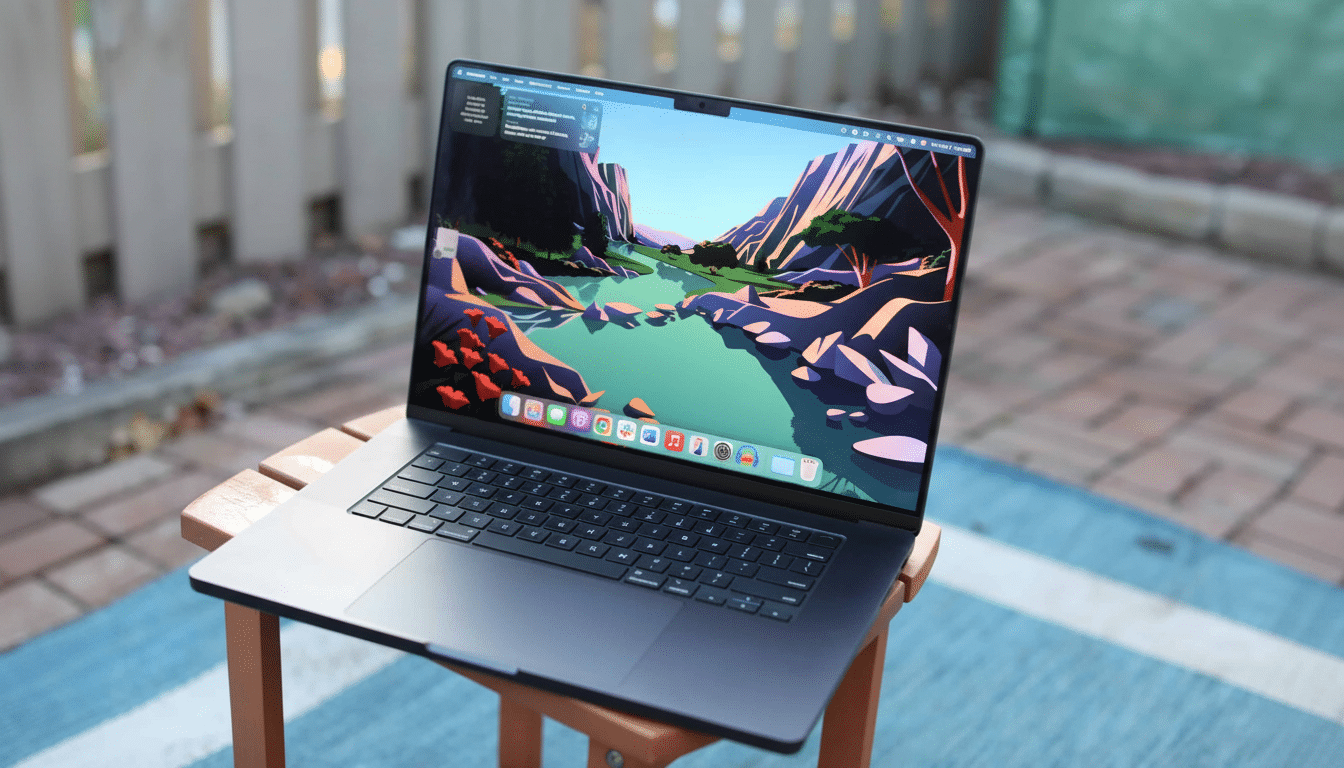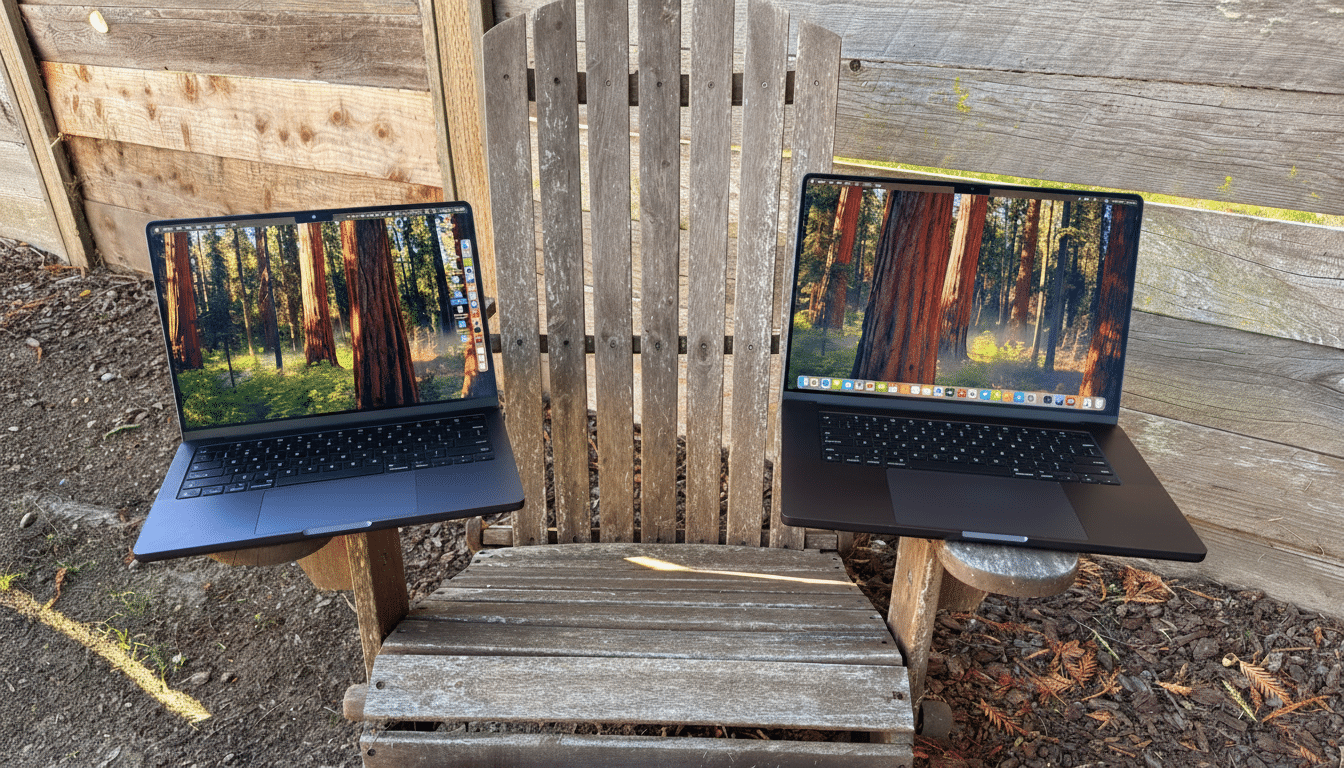Apple’s newest laptop, the MacBook Pro with M4 chip, is already seeing a significant discount before the shopping boom: the entry model has now been slashed by $200 to $1,399. An array of builds is discounted overall, though, making the mix of performance and battery life, as well as new connectivity on a flagship laptop, particularly appealing for power users itching to pick up an upgrade.
What the $200 discount on the M4 MacBook Pro gets you
The lead deal is for the 14-inch model that includes 16GB of unified memory and a 512GB SSD, currently selling for $1,399. There are more configurations — across higher storage tiers, the M4 Pro and M4 Max trims — that are also seeing three-figure cuts. While the exact savings vary depending on the retailer and inventory, a pattern is emerging: this is a wide-ranging markdown on Apple’s newest pro laptops, not just a one-off clearing out of a single SKU.

Traditionally, early-cycle discounts on Apple’s pro notebooks are small. A 10%-plus discount on a current-generation model suggests retailers are using the pre-Prime Day frenzy to drive volume at lower prices. For customers, that’s an opportunity to get in with an M4 system at a price point usually not seen until much later in a product’s life.
What makes the M4 MacBook Pro special for buyers today
The M4 generation brings two headline upgrades particularly relevant for creative and technical workflows: on-chip AI acceleration that’s next-level powerful; and on-device generative features (part of Apple Intelligence) that keep private data local while doing things like generating images, transcription, and code assistance ultra-fast using the M4’s neural engine. Industry observers, including IDC, have highlighted on-device AI as a major purchasing decider for high-end laptops this year. The initiative is aimed squarely at the aforementioned trend with Apple’s top-tier machine.
Hardware-wise, Thunderbolt 5 is in play. According to the Thunderbolt Promoter Group, that will offer bandwidth of up to 120 Gbps in the form of Bandwidth Boost mode, and it supports charging speeds of up to 240 W under USB Power Delivery’s latest revisions. That translates, in practice, to faster transfers to high-speed external SSD arrays, more headroom for multi‑4K or 8K displays, and increasingly reliable throughput for capture devices and high-bandwidth docks—precisely the kinds of peripherals pro users depend on.
Display quality remains a hallmark. The Liquid Retina XDR display features mini‑LED backlighting, which delivers up to 1,000 nits of full‑screen sustained brightness for watching SDR content and 1,600 nits peak brightness. With the optional nano‑texture glass, glare reduction means that you will be able to see images under an office floor‑standing light without contrast getting washed out—a real help for photo grading and on‑the‑go editing. When measured by independent labs — and we’ve long cited companies like DisplayMate when rating monitors on their color accuracy and HDR performance, too, given the inconsistency of PC monitor reviews in this regard — Apple’s pro displays are among the best around.
Performance and battery life details for M4 MacBook Pro
Apple claims that M4 MacBook Pro models will get “up to 24 hours” of battery life, the longest it has ever claimed for a Mac notebook. In Apple’s full lineup, the 14‑inch with M4 and the 16‑inch with M4 Pro or M4 Max get that full-length estimate; the 14‑incher built with M4 Pro or M4 Max gets slightly less time at up to 22 hours. For serious work — building large codebases, scrubbing multi‑cam timelines, running local AI inference — that increased endurance means you touch the charger less often, and the power curve stays more horizontal under high sustained loads than many discrete GPU Windows machines do.

Separately, the unified memory architecture remains a marketing differentiator for weighty apps. Whether you’re working with 8K ProRes, large RAW photo sets, or heavy‑duty data notebooks, adding 24GB of memory can keep more assets in memory and reduce swap. Since memory and storage aren’t user‑upgradeable, purchasers planning to keep their machine for four or five years will have to weigh the upfront cost of 1TB of storage or extra RAM against long‑term performance headroom.
Who the M4 MacBook Pro is best suited for and why
If you’re migrating from an Intel‑based MacBook Pro, or from the previous‑generation M1 model, the collective advances in CPU efficiency, GPU throughput, and AI acceleration all add up to a significant step forward; the Thunderbolt 5 ports future‑proof high‑bandwidth workflows, too. Photographers and video editors on the go will appreciate the HDR screen and all‑day battery life; developers who work with local containers and simulators will like having sustained performance under stress from the M4.
There are still better options for gamers who prioritize frame rates, but the M4 MacBook Pro is one of the best compromises between performance per watt, screen quality, and I/O on the market for creators and engineers. If you depend on speedy external storage, multi‑display configurations, or professional capture gear, then this discount makes the leap easier to justify.
Price outlook and practical buying advice for shoppers
Deal trackers typically observe Apple laptops bounce around within a range after launch. It’s an above‑average early discount, too: a straight $200 knocked off the base model, with deeper cuts on higher tiers. If your workload can live within those 16GB/512GB confines, though, the $1,399 price is sweet. If you must prioritize longevity, choose memory first, then storage (and use any accompanying discount while it’s there to be had).
(As ever, confirm the exact configuration at checkout — retailers frequently rotate what colorways or build‑to‑order specs are discounted.) With this new set of markdowns coming before the larger sales event, it’s a solid window to pick up an M4 MacBook Pro at an unusual early‑cycle discount.

